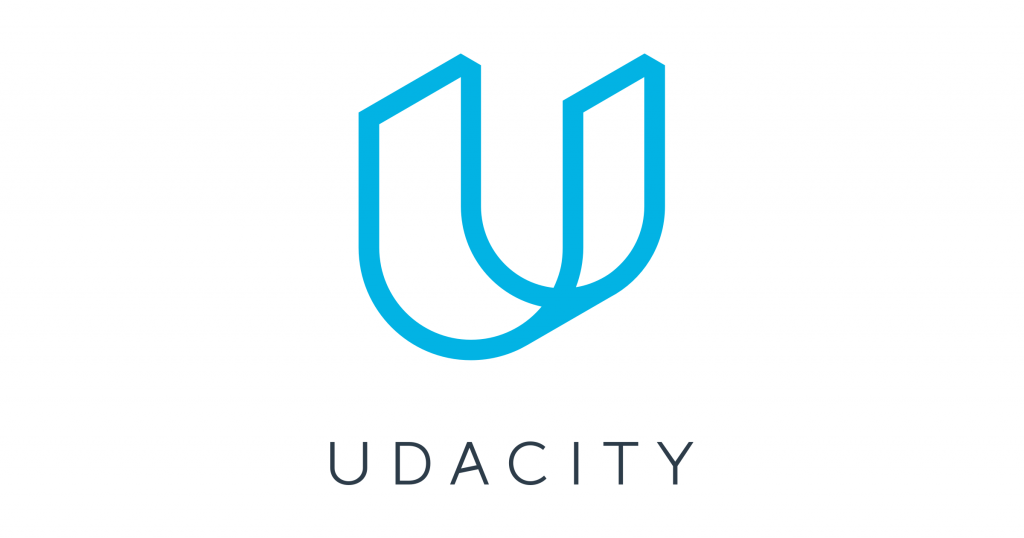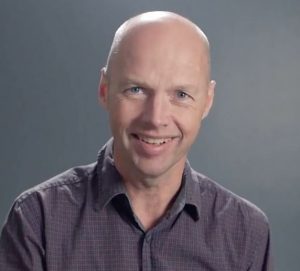Udacity Is Unleashing The True Power of E-Learning With Moocs
Most of the students irrespective of belonging from India or abroad prefer learning online over attending classes. Honestly, coaching classes are boring when you have to sit for hours and listen to the monotonous lectures. But, the internet has made our life easy, right? And, the MOOCs (Massive open online courses) has made our lives easier.
Everyone will agree that the academic curriculum provides us limited knowledge. What if you want to learn something new that is not in your syllabus? After all, there shouldn’t be any limit to learning. Udacity, an educational organization founded in 2012 provides online courses for students all over the world. The teaching faculties of Udacity belong to some of the top-most universities around the globe.
Sebastian Thrun, David Stavens, and Mike Sokolsky founded this organization to spread the benefit of online education among students and every learning enthusiast.
About the founders
Sebastian went to the University of Hildesheim and studied computer science, economics, and medicine. After this, he went for his bachelor’s degree and graduated from the University of Bonn in 1993. He completed his Ph.D. in computer science and statistics. His career started in the year 1995 when he joined Carnegie Mellon University as a research computer scientist.
He worked as an assistant professor at CMU for many years and also at Stanford University from 2007 to 2011. In 2004, he became the director of SAIL. In 2011, he joined Google and founded Google X. And, in 2012 he co-founded the online private educational organization, Udacity.
David is a very brilliant programmer who graduated from Princeton University at the age of nineteen. He acquired his bachelor’s degree in computer science and completed both his master’s and Ph.D. from Stanford University. David is also very much interested in autonomous cars and he created Stanford’s autonomous car team. He became the CEO of Udacity when it was launched.
Sokolsky went to CMU and acquired his bachelor’s degree in Electrical and Computer engineering. He joined the University of Alberta as a research associate and in 2009 joined Stanford University for the SAIL autonomous driving group. He co-founded Udacity and became the CTO of the organization. He left Udacity in 2013 and joined Spire. He co-founded Artificial in 2018 and serves as an Advisor currently.
Educating the mass
Starting Udacity was a part of a small project whose outcome was shocking to Sebastian. When he taught students in his class he didn’t feel satisfied. He wanted not only to teach only 200 students paying a lucrative amount for higher education but to the entire world. So, one fine day he just started making videos and teaches the same way he does at Stanford.
He gave assignments, tests and followed every step he does with the university students. Sebastian was surprised when he found out that the students who topped the examination learned from the internet and weren’t part of Stanford. This led Sebastian to take the next step and finally to establish an organization.
Story of Udacity
Since artificial intelligence and machine learning is grasping the market in the new world, Sebastian decided to offer computer science courses in Udacity. From the basics to the most advanced level courses were made available. A couple of months after Udacity became public, 90,000 students enrolled for two different classes in this platform. Sebastian expected to hit half a million headcount shortly.
The project was growing in size which attracted few big investors like Charles River Ventures and Andreessen Horowitz. Initially, Sebastian funded $200,000 from his pocket but later in 2012, Udacity received a massive amount of $15 million from Horowitz. After a year, Sebastian said in an interview that his product is very disappointing. Only 5% of the total students enrolling for the courses are completing it.
This is contradictory to his aim for Udacity. And, he decided to shift his focus to the vocational courses for professionals. Udacity expanded its courses and by 2014 it had twelve full courses and, twenty-six free courseware. Within a couple of years, Udacity witnesses 1.6 million users.
Udacity’s next target is to double the headcount in India. Since India is developing exponentially in the digital space more students are expected to sign up for Nanodegree programs on Data analytics, machine learning, etc. Currently, Udacity has 11.5 million users across the world.

Annasha Dey is an NIT student, who apart from studying engineering is also a content writer. She has a great interest in photography, writing, reading novels, and travelling as well. She is a foodie who loves socializing and hanging out with her friends. She is also a trained Kathak dancer and a big fashion enthusiast. Dey also loves watching TV series, which includes F.R.I.E.N.D.S. and Big Bang Theory. To be a better writer she prefers to read more



